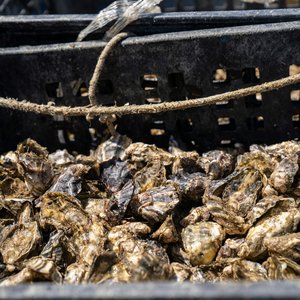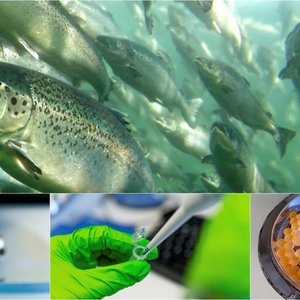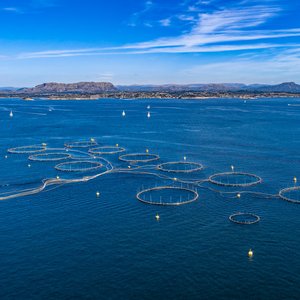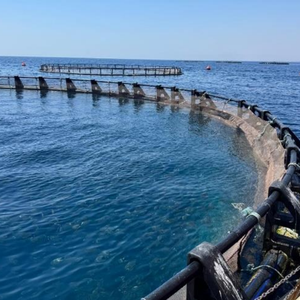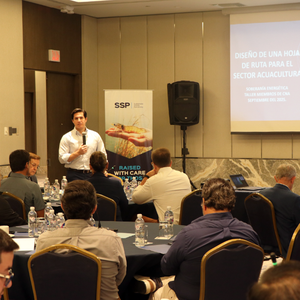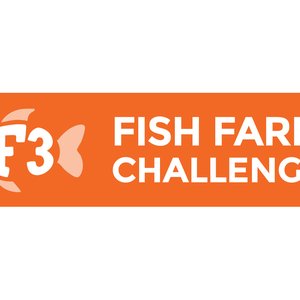Farmed salmon live in an environment characterized by noise from technical equipment, boat traffic, and similar sources. A research project conducted by the Norwegian Institute of Marine Research (HI) in collaboration with Deakin University and the Norwegian University of Life Sciences (NMBU) showed that strong and stressful noise, even for short periods, can trigger a flight response and increased production of the stress hormone cortisol in salmon.
The experiment revealed that noise levels equivalent to those produced by blasting or very noisy work nearby can negatively affect the fish for an extended period. Although cortisol levels decreased over time, clear signs of chronic stress and reduced gene expression in the brain related to growth and reproduction parameters were found after one month.
Reduce noise in facilities
The researchers behind the study recommend several measures to reduce noise in fish farms.
"This includes obvious steps like minimizing unpredictable noise where possible," says HI researcher Frode Oppedal.
The measures include using dampers in hatcheries and evaluating alternative methods or noise reduction during blasting near facilities. Electric boats are another important tool, as they produce less noise than motorized vessels. Additionally, facilities should not be located in areas with heavy, noisy boat traffic.
"Using dampers in hatcheries is a simple solution. The sound was barely noticeable to humans at the facility but had a significant effect on the fish—likely because it traveled well in the water. This is a good example of how new knowledge provides opportunities to improve fish welfare," said Renate Johansen, senior advisor at the Research Council of Norway (FHF).
Can salmon be prepared for noise?
Part of the research project investigated whether salmon can be prepared for the noise levels in the net pens by exposing them to sound during the freshwater stage. Smolts were divided into groups that were either exposed to predictable farm noise and unpredictable noise, with a control group experiencing a normal sound environment.
None of the groups showed signs of stress in the freshwater phase, and all had a normal cortisol response to a stress test. The results suggest that these sounds were not inherently harmful in freshwater.
However, the transition to seawater brought a surprise. Fish that had previously only been exposed to the natural sound environment of the freshwater tanks showed fewer behavioral changes when later exposed to noise in the sea cages.
In contrast, salmon that had been exposed to predictable farm noise in freshwater showed both clearer behavioral changes and stronger neurochemical stress responses to the same noise exposure in seawater.
All fish groups produced more cortisol as expected with further stress in the sea. However, only the control group and the group that had experienced unpredictable sound in the freshwater phase simultaneously increased the production of the signaling substance serotonin in the brain. The group that had previously been exposed to predictable farm noise lacked this increase.
This pattern worries the researchers because a stress reaction with increased cortisol levels without a corresponding increase in serotonin can harm brain health. According to NMBU researcher Marco Vindas, it can lead to lower neuroplasticity—a reduced ability of the brain to adapt to environmental changes through rewiring between nerves and brain cells.
"One might think that a 'quiet childhood' in the smolt phase makes salmon less equipped to handle noise later, but here the researchers show the opposite. Control over the sound environment early in life actually results in more robust fish in the seawater phase," said Johansen.
The research shows that prolonged or repeated exposure to sound can affect salmon health and welfare in complex ways. Nevertheless, more knowledge is needed about which frequencies, durations, and intensities of sound affect salmon behavior, physiology, appetite, growth, and general welfare.
"A future focus should also be on creating more standardized measurement methods for noise in salmon farming, so that the farmers themselves can take action and measure the effect," concluded Oppedal.
The experiments are part of the research project Salmon Soundscape, which is partly funded by the Fisheries and Aquaculture Industry Research Funding (FHF).
Key findings from the research are:
- Common sounds in fish farms—such as small boat traffic, pumps, and technical equipment—can reach up to 135 decibels (dB). Such sounds do not appear to have significant negative effects on the salmon.
- Short-term exposure to higher noise levels, for example, from large boats or noisy work at the facility (up to 157 dB), can cause temporary stress reactions. With longer exposure, such levels can affect the brain.
- Very loud and sudden sounds, up to 175 dB, were also measured. Although such noise levels are rare, they can cause hearing damage and possibly other physical injuries in the fish.
Note: Salmon hear in a different frequency range than humans, and sound behaves differently in water than in air. Therefore, it is not possible to directly compare underwater dB levels with airborne dB levels.



